A dark, silent, humid world...
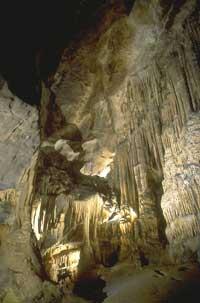
As soon as you enter a cave, shelter or cave, the speleologist must pick up the helmet, harnesses, climbing gear, ropes and carbide lamp, among other things. It will be introduced into an absolutely atypical world. The smell is different: mold and moisture are perceived. It is not heard as usual, sound is rarely dampened and reflected in cavities away from the earth's surface. Above all, silence and lack of light. Time and space references are lost. The security of being far from the exit is total. That also influences psychologically. But above all, it is a privilege. Very few people have the opportunity to explore these places, let us enjoy the excursion!
Underground Vials
Horizontal caves, deep vertical simas, wide cavities and labyrinthine systems, which make up mostly underground passes. And these structures have to do with the mechanism of formation of the caves.
There are many ways to create caves, but the most common is that which generates karst formations. In karst soils the stone is shaped like dry clay and is a cracked earth full of holes, permeable. The fallen water has no drain and is directed directly to the subsoil. Water dissolves limestone and, after a millenary process, groundwater forms a network of steps.
Speleology for the benefit of science
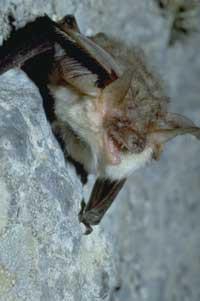
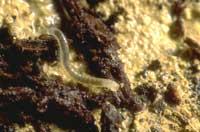
Caving is the investigation of the underground world, a word derived from the Greek word spelayo which means cave. French speleologist Edouard Alfred Martel is considered the father of current speleology, as Martel was the first to study the caves for scientific purposes.
Speleology has three lines of research: geospeleology, biospeleology and anthropospeleology. Geospeleology analyzes the geological structure of the subsoil, including stalactites, stalagmites and crystalline structures in limestone caves. Biospeleology studies underground life, since the conditions to which these living beings are subjected are so special that in the caves there are very curious animals. Finally, anthropospeleology allows us to analyze the remains in the caves and better understand the antiquity of the human being.
Caves of Euskal Herria
Euskal Herria is a beautiful place for speleologists, as our surroundings are covered with caves. But the caves with vertical entrance predominate. Therefore, the local caving received a great boost when the soft or scale of steel cable began to be used.
The first caving explorations in Euskal Herria were carried out in the caves of Gipuzkoa. In fact, between 1871-1930 various surveys and excavations were carried out to investigate prehistory in caves such as Aizkirri, Aitzbitarte, Urteaga, etc. (S. Umerez, C. Lersundi, T. Aranzadi, E. Eguren, J.M. Railing). Similarly, between 1905 and 1929, E. Racovitza and R. Jeannel, pioneer in biospeleology, analyzed the fauna of several caves of Gipuzkoa.
Between Navarre and Zuberoa, in the Larrea massif, are some of the most important caves and coats in the world, known to date. Among the deepest caves is the cave of Budogia (Bu-56, –1,408 m) or P. S. Sima Martín (-1.342 m). Among the longest, the aforementioned P. S. Martín Cave (52.7 km). In the area of Bizkaia, the Caballos-Valle system is 60 km long and in Alava, the SI-44 cave is 42 km long. In Gipuzkoa about 1,700 caves have already been investigated. Among them, the deepest are Ormazarreta 2 (-576 m), in Aralar, and the Gaztelu hole (-522 m), in the area of Aitzgorri.
Rock fauna
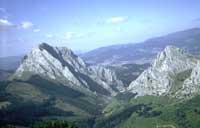
The world of Harpete is mainly a mineral field, but there are also living beings, among which most are animals. Rock plants and animals are the occurrences of a surrealist artist: bats, giant eyes and albinos amphibians, translucent and luminescent worms, the hairy roots of trees, fungi... a world conditioned by lack of light. In the caves live more than five thousand different animals.
Anthropospeleology
The caves have been used by man since ancient times, from cold to rain and animals. Therefore, numerous vestiges have been collected in the caves, which are collected and analyzed by anthropologists, paleontologists and archaeologists who build their theories.
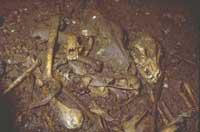
In the cave of Lezetxiki, located in the massif of Udalaitz, is the site corresponding to the oldest period of Basque prehistory. In the cave of Ekain, in the massif of Izarraitz, paintings from the Madeleine period have been found, with spectacular images of horses, bison and bears. But there are few examples.
So the interior of the land, right?
Published in 7K.
Buletina
Bidali zure helbide elektronikoa eta jaso asteroko buletina zure sarrera-ontzian











